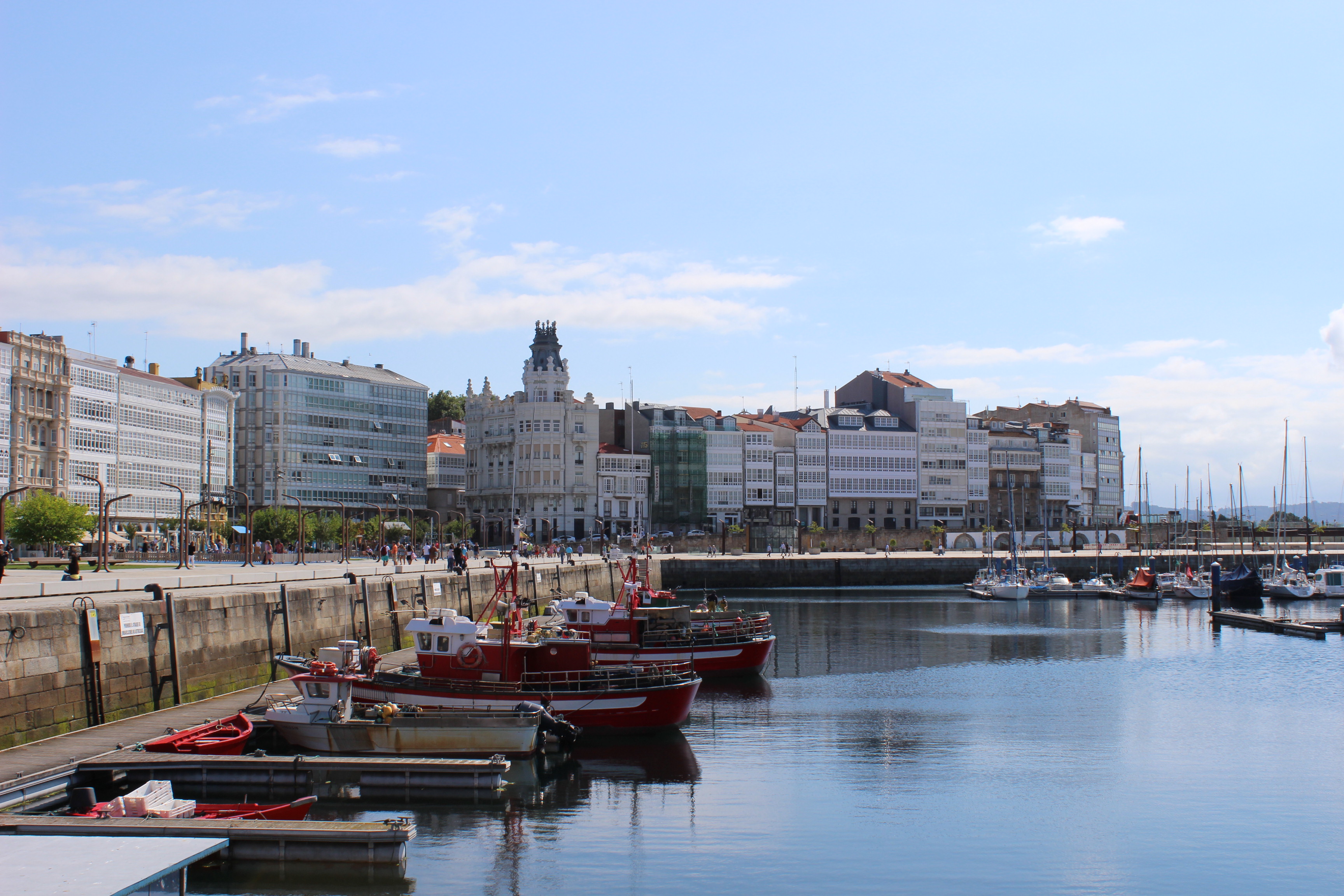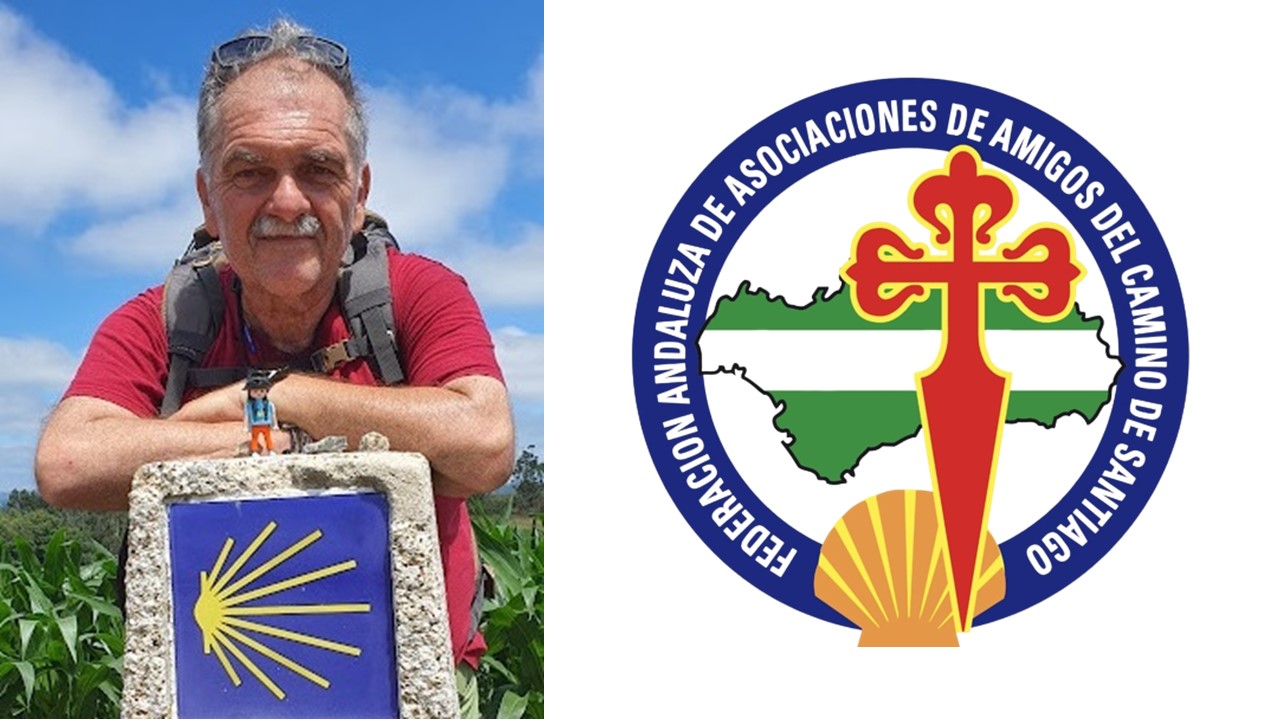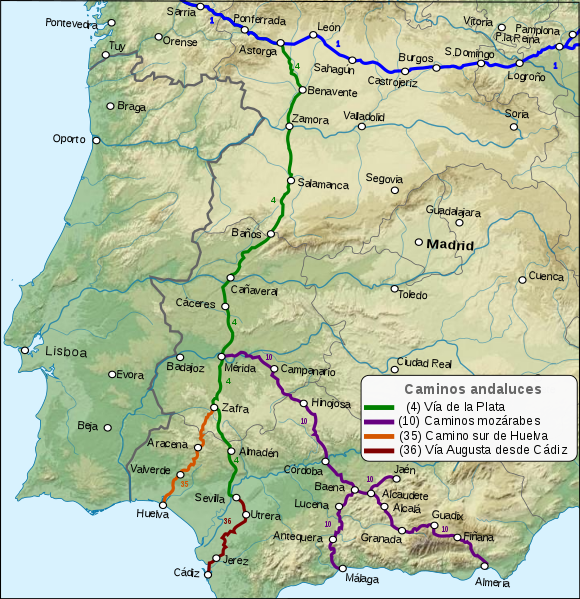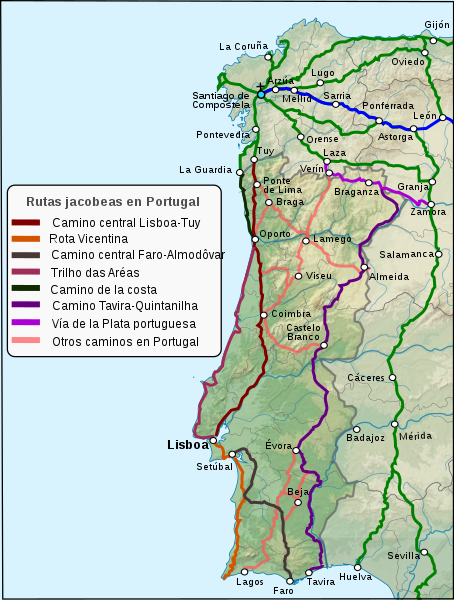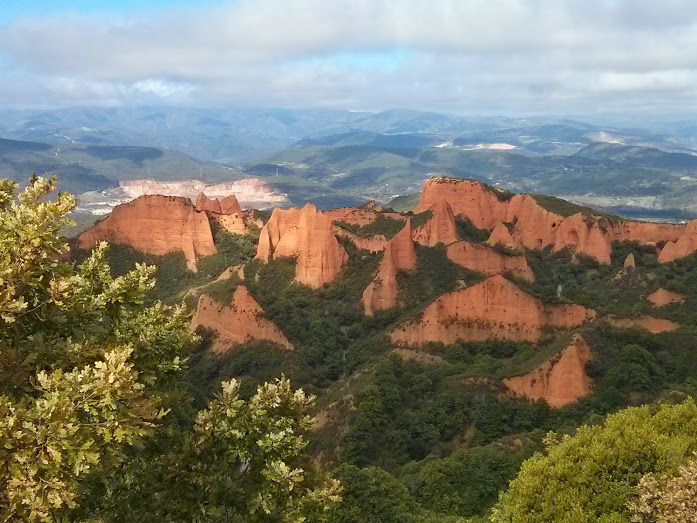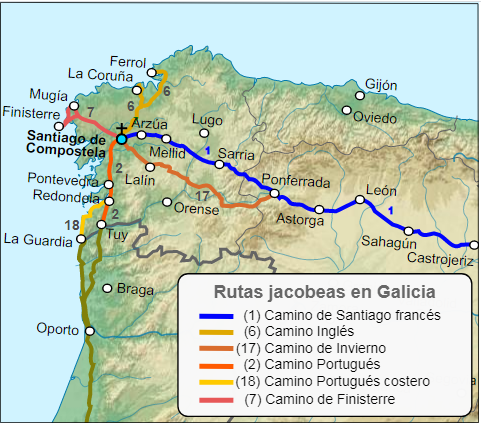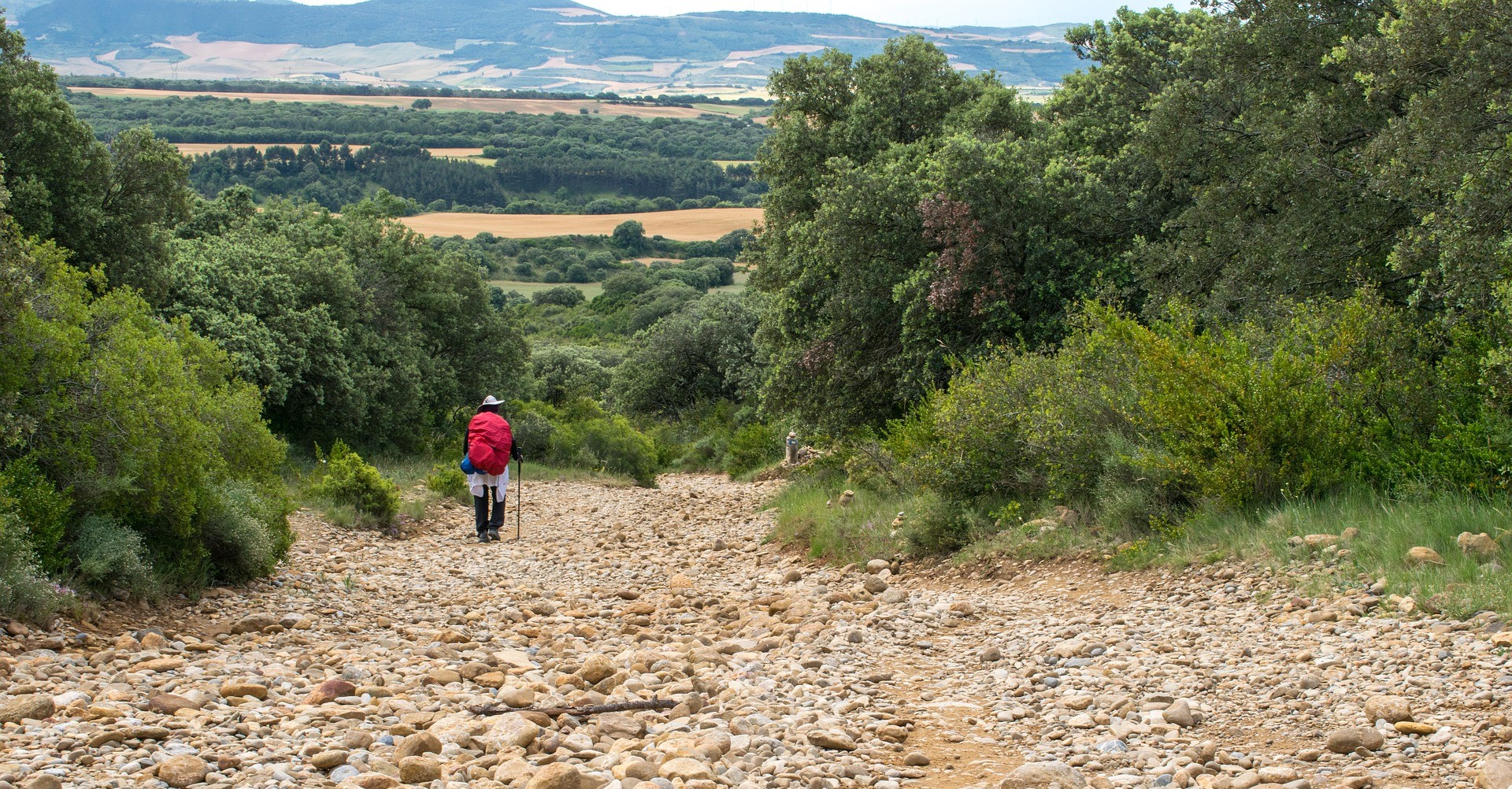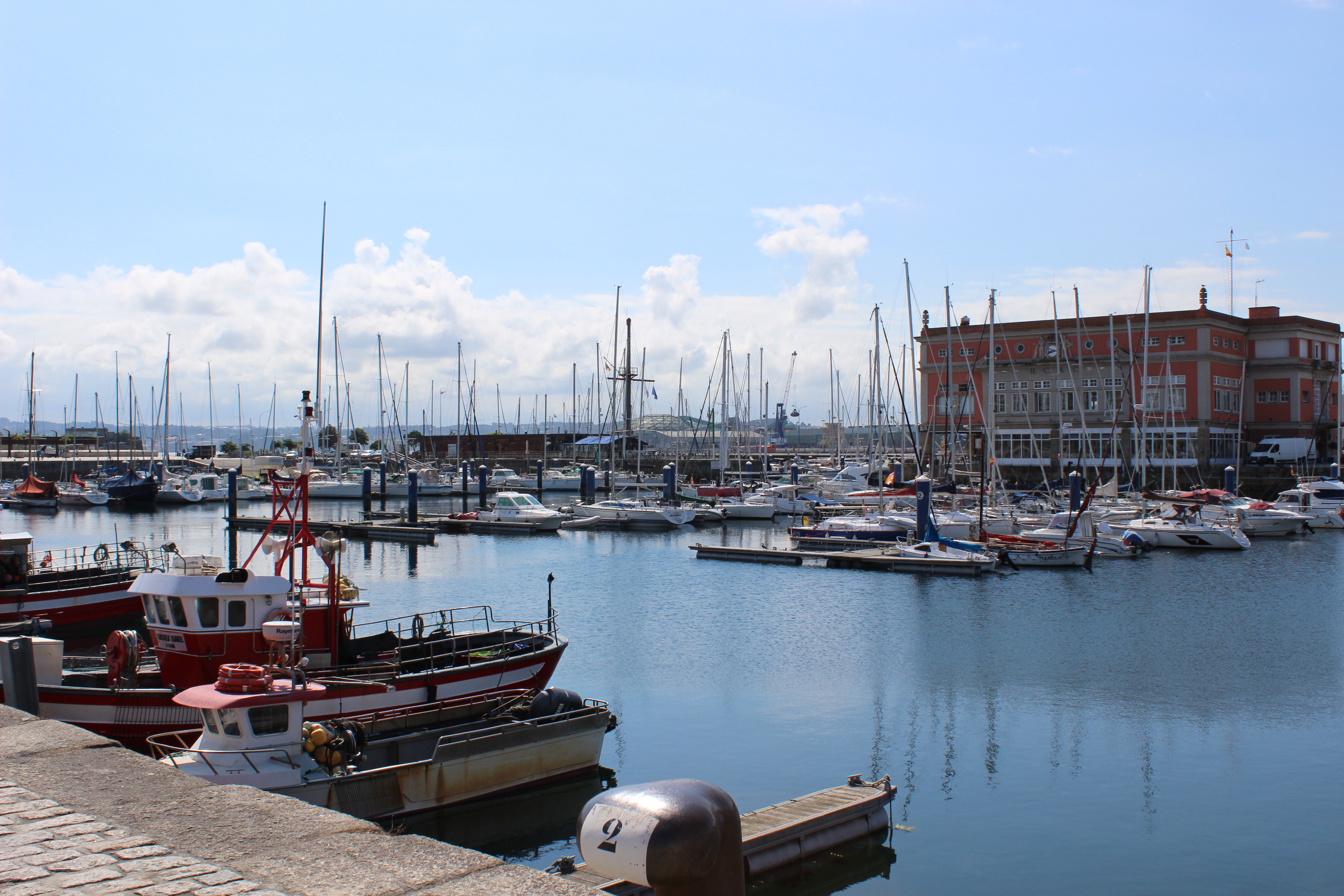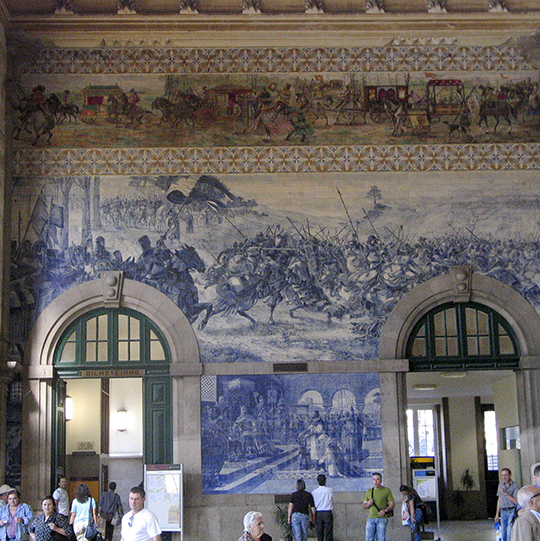The English Way takes its name from the fact that many Englishmen who in the past centuries made their pilgrimage to Santiago by sea, would mostly disembark in the ports of A Coruña or Ferrol and then continue on foot to the city of Compostela. For this reason, it is...
Routes
Interview with Jacinto Fuentes Mesa, President of the Andalusian Federation of Associations of Friends of the Camino de Santiago
The Jacobea Foundation dedicates part of its space and projects to the work and history of the Jacobean Associations, some of which have formed federations or groups to unite their efforts and work collectively. This is the case of the Andalusian Federation of...
The Vía de la Plata: A little history
The Vía de la Plata is, among all the itineraries or routes of the Camino de Santiago, the most intimately linked to a Roman road. The original road, like so many communication routes, would have been created based on natural passage ways - wading across rivers,...
The Portuguese Way: Itineraries, distances, stages
Currently, what is called the Portuguese Way includes a series of alternative roads and routes that were adopted over the centuries, the most recognized and well documented being the Portuguese Central Way, which links the cities of Lisbon and Santiago. Among the...
THE WINTER WAY: THE LAND AND THE STAGES
The Winter Way can be understood as an itinerary in itself or as a southern variation of the French Way, an alternative route between Ponferrada and Santiago. Therefore, the Winter Road allows the pilgrim several options: 1 To walk it as part of a long-haul itinerary,...
The Winter Way: a little history
The itinerary of the Camino de Santiago known as the Winter Trail is a variant of the French Way that extends south of it between Ponferrada and Santiago de Compostela. It is therefore an alternative section that, thanks to its less mountainous geography and its...
The North Way: A little history
The Northern Way is the pilgrimage route that borders the Cantabrian Cornice, it is an overland pilgrimage route but also a maritime one, since many pilgrims did the Camino by ship and then disembarked in one of its ports. These ships came from countries of northern...
The English Way: A little history
The importance of pilgrimages by sea is unquestionable, some specialists like Lacarra even maintained that the sea was the oldest route of pilgrimage, since it was by the maritime route that the news of the discovery of the tomb of Santiago spread to the Carolingian...
The Portuguese Way: A little history
In the Middle Ages the Portuguese Way was developed on the fluvial, maritime and terrestrial routes traced by the Romans and the Muslims. Its antiquity could be as great as that of the French Way, its origin being -according to some historians- a political path of...

